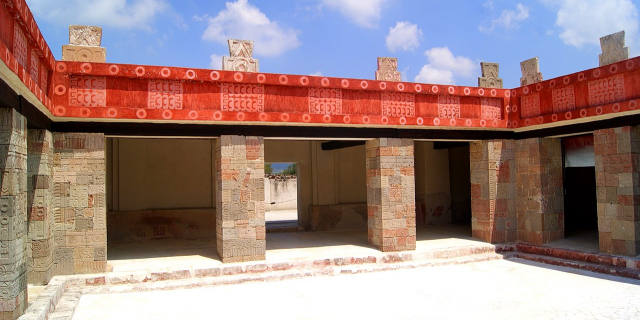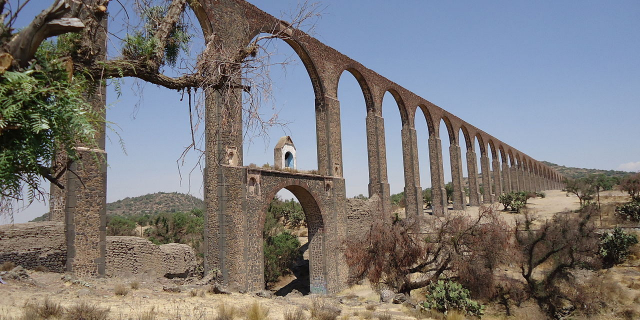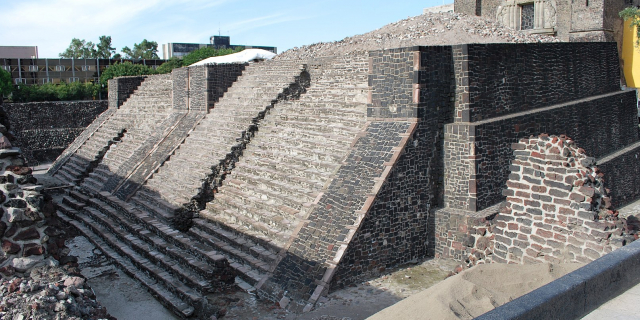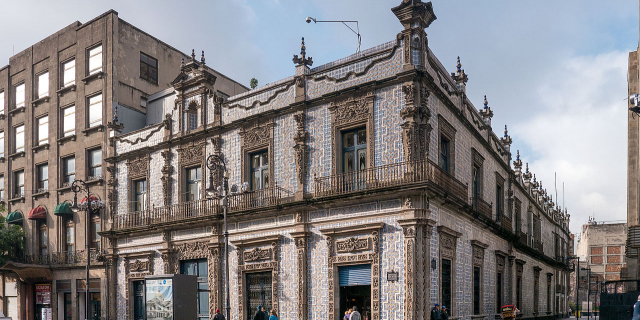The Pyramid of the Moon is the second-largest pyramid in Mesoamerica, after the Pyramid of the Sun, and located in modern-day San Martín de las Pirámides, Mexico. It is found in the western part of the ancient city of Teotihuacan and mimics the contours of the mountain Cerro Gordo, just north of the site. Cerro Gordo may have been called Tenan, which in Nahuatl, means "mother or protective stone". The Pyramid of the Moon covers a structure older than the Pyramid of the Sun which existed prior to 200 AD.
The Pyramid's construction between 100 and 450 AD completed the bilateral symmetry of the temple complex. The pyramid is located at the end of the Avenue of the Dead, connected by a staircase, and was used as a stage for performing ritual sacrifices of animals and humans upon. It was also a burial ground for sacrificial victims. These burials were done in order to legitimize the addition of another pyramid layer over the existing one. The passing of several rule...Read more
The Pyramid of the Moon is the second-largest pyramid in Mesoamerica, after the Pyramid of the Sun, and located in modern-day San Martín de las Pirámides, Mexico. It is found in the western part of the ancient city of Teotihuacan and mimics the contours of the mountain Cerro Gordo, just north of the site. Cerro Gordo may have been called Tenan, which in Nahuatl, means "mother or protective stone". The Pyramid of the Moon covers a structure older than the Pyramid of the Sun which existed prior to 200 AD.
The Pyramid's construction between 100 and 450 AD completed the bilateral symmetry of the temple complex. The pyramid is located at the end of the Avenue of the Dead, connected by a staircase, and was used as a stage for performing ritual sacrifices of animals and humans upon. It was also a burial ground for sacrificial victims. These burials were done in order to legitimize the addition of another pyramid layer over the existing one. The passing of several rulers, and rapid changes in ideologies, led to the Pyramid of the Moon's exponential expansion between 250 and 400 AD. A platform atop the pyramid was used to conduct ceremonies in honor of the Great Goddess of Teotihuacan, the goddess of water, fertility, the earth, and even creation itself. This platform and the sculpture found at the pyramid's bottom are thus dedicated to The Great Goddess.
Opposite the Great Goddess's altar is the Plaza of the Moon. The Plaza contains a central altar and an original construction with internal divisions, consisting of four rectangular and diagonal bodies that formed what is known as the "Teotihuacan Cross."



























Add new comment